Use the ctx.globalCompositeOperation = "saturation"
ctx.drawImage(colourImage,0,0); // draw colour image onto canvas
ctx.globalCompositeOperation = "saturation"; // set the comp mode
ctx.fillStyle = "hsl(0," + Math.floor(amount) + "%,50%); // set a colour with saturation 0-100
// OR use RGB for finer control
ctx.fillStyle = "#FFF"; // white no colour
ctx.globalAlpha = amount; // the amount of saturation you wish to remove 0-1
ctx.fillRect(0,0,colourImage.width,colourImage.height);
There are many effect that can be created by using the globalCompositeOperation types "source-over,lighter,darker,source-atop,source-in,source-out,destination-over,destination-atop,destination-in,destination-out,copy,xor,multiply,screen,overlay,color-dodge,color-burn,hard-light,soft-light,difference,exclusion,hue,saturation,color,luminosity"
Not all browsers support all operation (Most notable is FF not supporting darker use multiply instead) But chrome, Edge, and Firefox support all the others listed above.
More on saturation and Colour to Black and white][2] below, both methods give very fine control over the amount of the effect
Increase the Color Contrast With Saturation
Increase the saturation level of an image with
ctx.globalCompositeOperation = 'saturation';
The amount of the effect can be controled with the alpha setting or the amount of saturation in the fill overlay
// Render the image
ctx.globalCompositeOperation='source-atop';
ctx.drawImage(image, 0, 0);
// set the composite operation
ctx.globalCompositeOperation ='saturation';
ctx.fillStyle = "red";
ctx.globalAlpha = alpha; // alpha 0 = no effect 1 = full effect
ctx.fillRect(0, 0, image.width, image.height);

Colour to Black and White
Remove color from an image via
ctx.globalCompositeOperation = 'color';
The amount of the effect can be controled with the alpha setting
// Render the image
ctx.globalCompositeOperation='source-atop';
ctx.drawImage(image, 0, 0);
// set the composite operation
ctx.globalCompositeOperation='color';
ctx.fillStyle = "white";
ctx.globalAlpha = alpha; // alpha 0 = no effect 1 = full effect
ctx.fillRect(0, 0, image.width, image.height);



